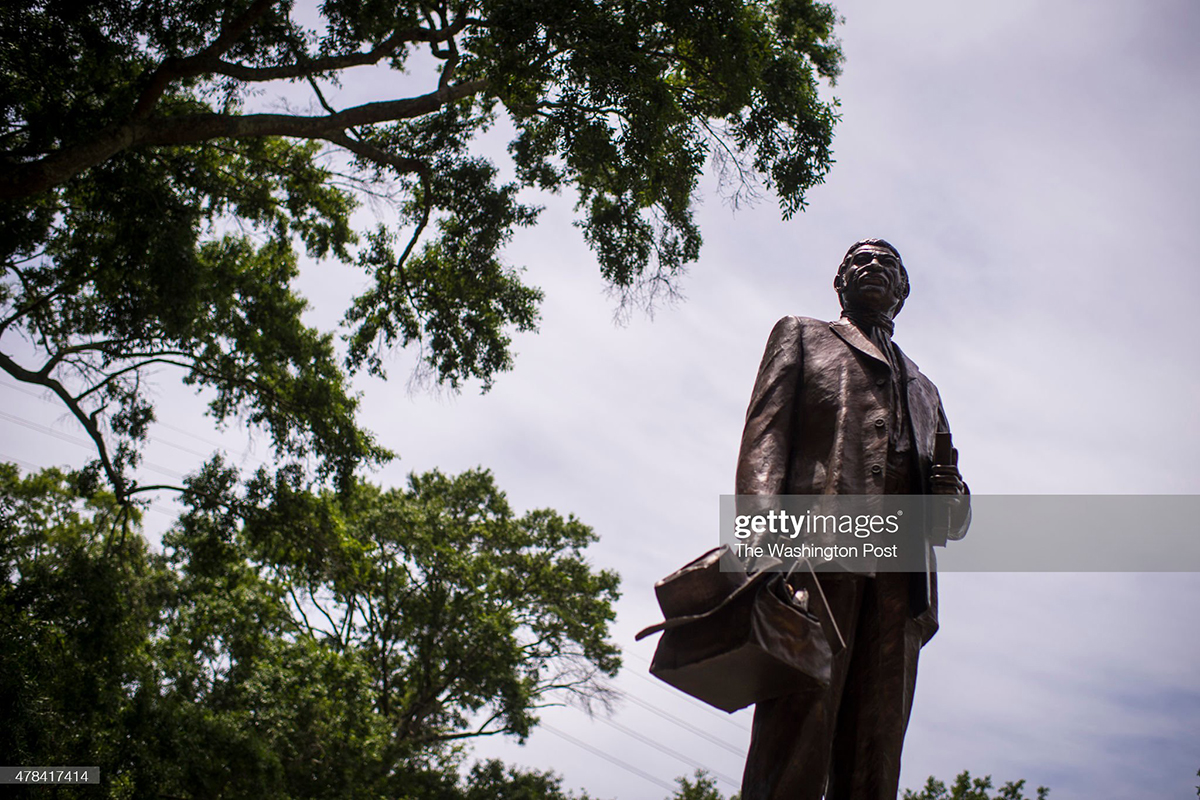Compiled By NAN Staff Writer
News Americas, NEW YORK, NY, Thurs. June 2, 2022: Many would find it stunning that a Caribbean born slave that led the first major slave revolt in the U.S. But it is a fact.
Denmark Vesey, also known as Telemaque, was born into slavery in 1767 in St. Thomas, U.S.V.I., then the Danish West Indies. He was bought at age 14 by Captain Joseph Vesey who renamed him Telemaque. After a time, Vesey sold the youth to a planter in French Saint-Domingue (present-day Haiti). When the youth was found to suffer epileptic fits, Captain Vesey took him back and returned his purchase price to the former master. He was enslaved in Bermuda for some time before being brought to Charleston.
There, Denmark Vesey won a lottery and purchased his freedom around the age of 32. He had a good business and a family, but was unable to buy his first wife Beck and their children out of slavery.
He worked as a carpenter and became active in the Second Presbyterian Church. In 1818 he helped found an independent African Methodist Episcopal (AME) congregation in the city, today known as Mother Emanuel. Vesey’s congregation began with the support of white clergy, and with over 1,848 members rapidly became the second-largest AME congregation in the nation.
In the summer of 1822, Vesey allegedly used his influential position as pastor to plan a major slave revolt. According to the accusations, Vesey and his followers planned to kill slaveholders in Charleston, liberate the slaves, and sail to the newly independent black republic of Haiti for refuge.
By some contemporary accounts, the revolt would have involved thousands of slaves in the city as well as others who lived on nearby plantations. City officials sent a militia to arrest the plot’s leaders and many suspected followers before the rising could begin, and no white people were killed or injured.
Vesey and five slaves were rapidly judged guilty by the secret proceedings of a city-appointed court and executed by hanging on July 2, 1822. Vesey was about 55 years old. In later proceedings, some 30 additional followers were also executed. Another group, including his son Sandy, were convicted of conspiracy and deported from the United States. City authorities ordered that Vesey’s church should be razed and its minister was expelled from the city.
The Denmark Vesey House in Charleston, although almost certainly not the historic home of Vesey, was designated a National Historic Landmark in 1976 by the Department of Interior.
In 1976 the city of Charleston commissioned a portrait of Vesey. It was hung in the Gaillard Municipal Auditorium, but was controversial.
From the 1990s, African American activists in Charleston proposed erecting a memorial to Denmark Vesey, to honor his effort to overturn slavery in the city. The proposal was controversial, because many white residents did not want to memorialize a man who they considered a terrorist.
Others believed that in addition to acknowledging his leadership, a memorial would also express the slave’s struggles for freedom.[12][38] By 2014 the changing demographics of the city and nation had changed and white objections were no longer considered important. The Denmark Vesey Monument, representing Vesey as a carpenter and holding a Bible, was erected in Hampton Park, at some distance from the main tourist areas.
During the 2020 NFL season, Arizona Cardinals wide receiver DeAndre Hopkins wore a decal on his helmet with Vesey’s name.










